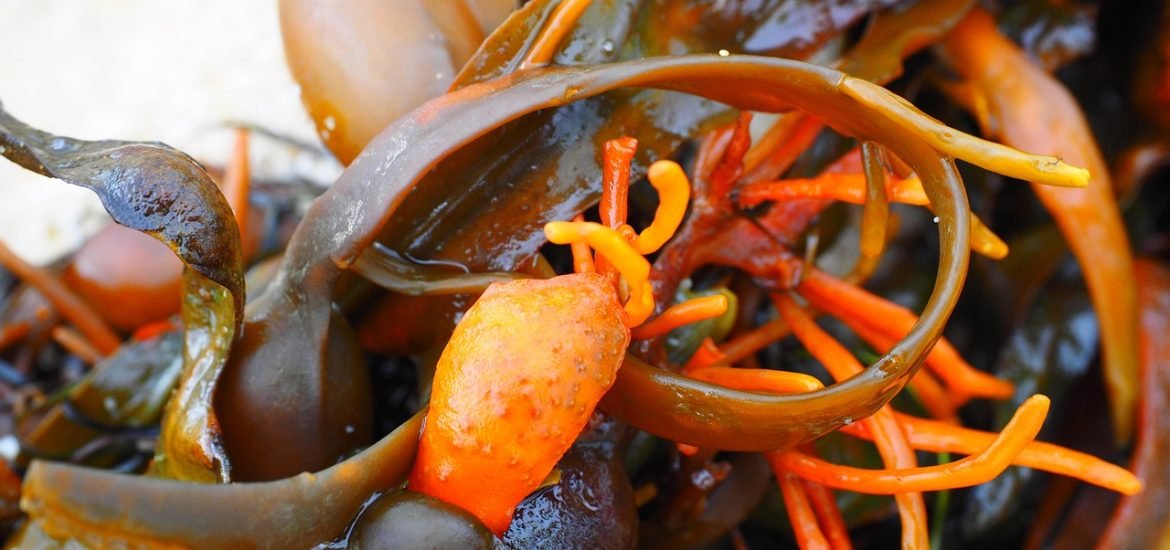
Brown algae can remove up to 0.5 gigatons of carbon dioxide from the atmosphere every year, according to a study published in the scientific publication Proceedings of the National Academy of Sciences (PNAS).
Brown algae are brilliant when it comes to absorbing carbon dioxide from the air. They easily outperform land plants and play a vital role in our climate. But what happens to carbon dioxide? Where is it stored?
This study showed that brown algae can capture large amounts of carbon dioxide from the air. They use some of it to grow, but up to a third is released back into the water in the form of sugary excretions, which are then quickly used by other organisms or sink to the bottom of the sea.
“The excretions of brown algae are very complex and therefore incredibly complicated to measure,” said first author Hagen Buck-Wiese from the Max Planck Institute for Marine Microbiology in Bremen, Germany. “However, we have managed to develop a method to analyse them in detail.”
With this new method, the team was able to find a large number of different substances. A compound called fucoidan was particularly interesting. “Fucoidan made up about half of the excretions of the brown algae species we studied, the so-called bladderwrack,” said Buck-Wiese. “The fucoidan is so complex that it is very hard for other organisms to use it. No one seems to like it. This makes the brown algae particularly good helpers in removing carbon dioxide from the atmosphere in the long term – for hundreds to thousands of years.”
Brown algae can trap up to 1 gigaton of carbon every year. Using estimates from the present study, up to 0.15 gigatons of carbon (equivalent to 0.55 gigatons of carbon dioxide) are sequestered every year. In comparison, Germany’s annual greenhouse gas emissions are about 0.74 gigatons of carbon dioxide.
This work was conducted at the Tvärminne Zoological Station in southern Finland. For the next study, the team wants to continue assessing brown algae in other locations. “Next, we want to look into other brown algae species and other locations,” says Buck-Wiese. “The great potential of brown algae for climate protection definitely needs to be further researched and utilised.”
Buck-Wiese H, Andskog M, Nguyen N, et al (2022) Fucoid brown algae inject fucoidan carbon into the ocean. PNAS, 120 (1) e2210561119, https://doi.org/10.1073/pnas.2210561119